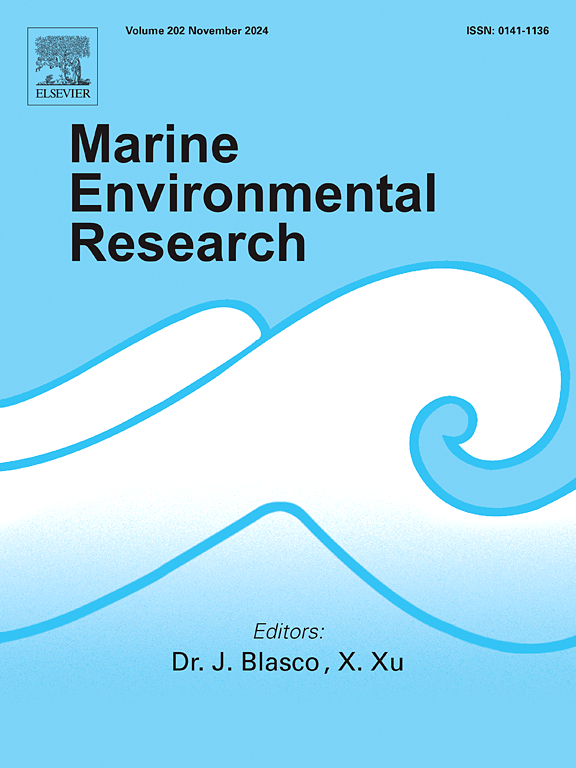Phytoplankton responses to reduced freshwater inflow and acid conditions in a Ramsar estuarine lake
IF 3
3区 环境科学与生态学
Q2 ENVIRONMENTAL SCIENCES
引用次数: 0
Abstract
Global change pressures influence estuarine functionality, driving structural shifts that threaten ecosystem resilience. Estuarine lakes are inherently susceptible to these pressures given their tendency to experience prolonged periods of water residency and mouth closure. As such, this study aimed to investigate water quality and phytoplankton responses to drastic shifts in abiotic conditions during the transition from a dry to wet cycle in the Verlorenvlei Estuarine Lake, South Africa. Initially, drought- and human-induced hydrological constraints resulted in extreme environmental conditions, characterised by low water levels and acidification. These low water levels reduced connectivity, resulting in hypersaline conditions and phytoplankton blooms (>20 μg Chl-a L−1) in the lower reaches, while the main basin became brackish, highly acidic (pH < 4), and ammonium-rich (>10 mg/L). Conversely, increased flow improved connectivity, although the lower reaches remained hypersaline and pH in the main basin remained low. When the mouth was open, conditions became homogenous and oligohaline, with neutralised pH levels (>6.5) and low phytoplankton biomass (<5 μg Chl-a L−1). Upon mouth closure, the lower reaches shifted to mesohaline conditions, the main basin became acidic (pH < 5) and supported high-biomass (>60 μg Chl-a l−1) bloom conditions of non-siliceous taxa, and the upper reaches became disconnected. As such, it is critical for catchment-scale interventions to be implemented that conserve and restore freshwater inflow to dilute acidity and replenish the buffering capacity of the system. Without intervention, ongoing anthropogenic and climate change stressors may push the system towards an irreversible ecological tipping point.
求助全文
约1分钟内获得全文
求助全文
来源期刊

Marine environmental research
环境科学-毒理学
CiteScore
5.90
自引率
3.00%
发文量
217
审稿时长
46 days
期刊介绍:
Marine Environmental Research publishes original research papers on chemical, physical, and biological interactions in the oceans and coastal waters. The journal serves as a forum for new information on biology, chemistry, and toxicology and syntheses that advance understanding of marine environmental processes.
Submission of multidisciplinary studies is encouraged. Studies that utilize experimental approaches to clarify the roles of anthropogenic and natural causes of changes in marine ecosystems are especially welcome, as are those studies that represent new developments of a theoretical or conceptual aspect of marine science. All papers published in this journal are reviewed by qualified peers prior to acceptance and publication. Examples of topics considered to be appropriate for the journal include, but are not limited to, the following:
– The extent, persistence, and consequences of change and the recovery from such change in natural marine systems
– The biochemical, physiological, and ecological consequences of contaminants to marine organisms and ecosystems
– The biogeochemistry of naturally occurring and anthropogenic substances
– Models that describe and predict the above processes
– Monitoring studies, to the extent that their results provide new information on functional processes
– Methodological papers describing improved quantitative techniques for the marine sciences.
 求助内容:
求助内容: 应助结果提醒方式:
应助结果提醒方式:


